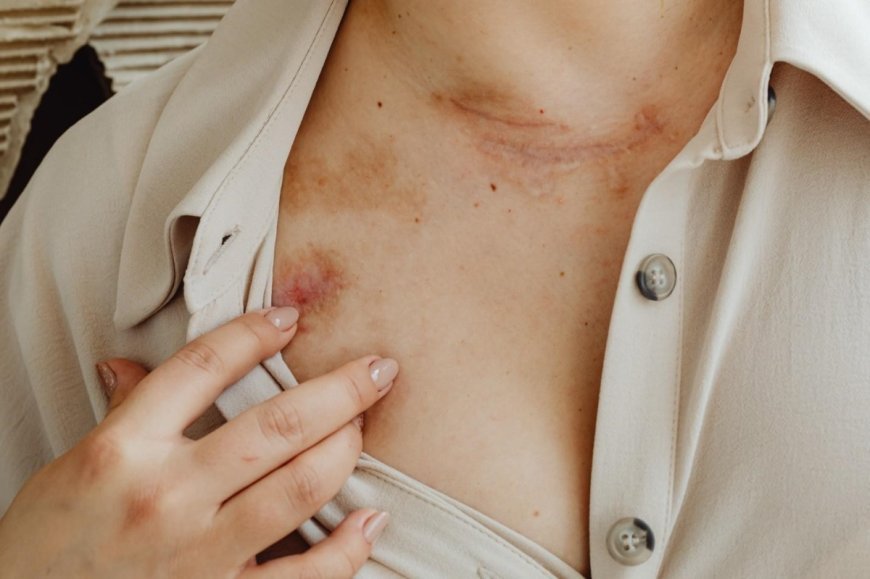Actinic Keratosis
Actinic Keratosis (AK) is an area of thick, scaly, or crusty skin. It is also known as a "sun spot."

Actinic Keratosis (AK) is an area of thick, scaly, or crusty skin. It is also known as a "sun spot."
AKs are caused by too much exposure to ultraviolet (UV) radiation from the sun or indoor tanning beds. This condition is not cancer, but can become cancerous over time. It is important to know that AKs can be treated and controlled with early detection and treatment.
The most common symptom of actinic keratosis is a thick, scaly, or crusty spot on the skin. It can range in color from light tan to reddish-brown. It is usually found on areas of the skin that have had prolonged and intense sun exposure, such as the face, scalp, hands, arms, and neck. It is important to note that both men and women of all ages can develop AK, however it most commonly occurs in fair-skinned adults over the age of 40.
To diagnose AK, a doctor will usually take a small skin sample (biopsy) and test it under a microscope. Treatment options depend on the size, type, and location of the AK. Treatment options include cryosurgery (freezing the spot with liquid nitrogen), topical medications (medicines you put directly on the skin), and excision (surgery to remove the spot).
It is important to pay close attention to any spots on your skin that may be AKs, as early detection can increase the chances of successful treatment. Regular skin examinations by a doctor may also be beneficial in detecting AKs and other skin conditions. This is especially true for those with a higher risk of AK due to age, skin type, or lifestyle.
